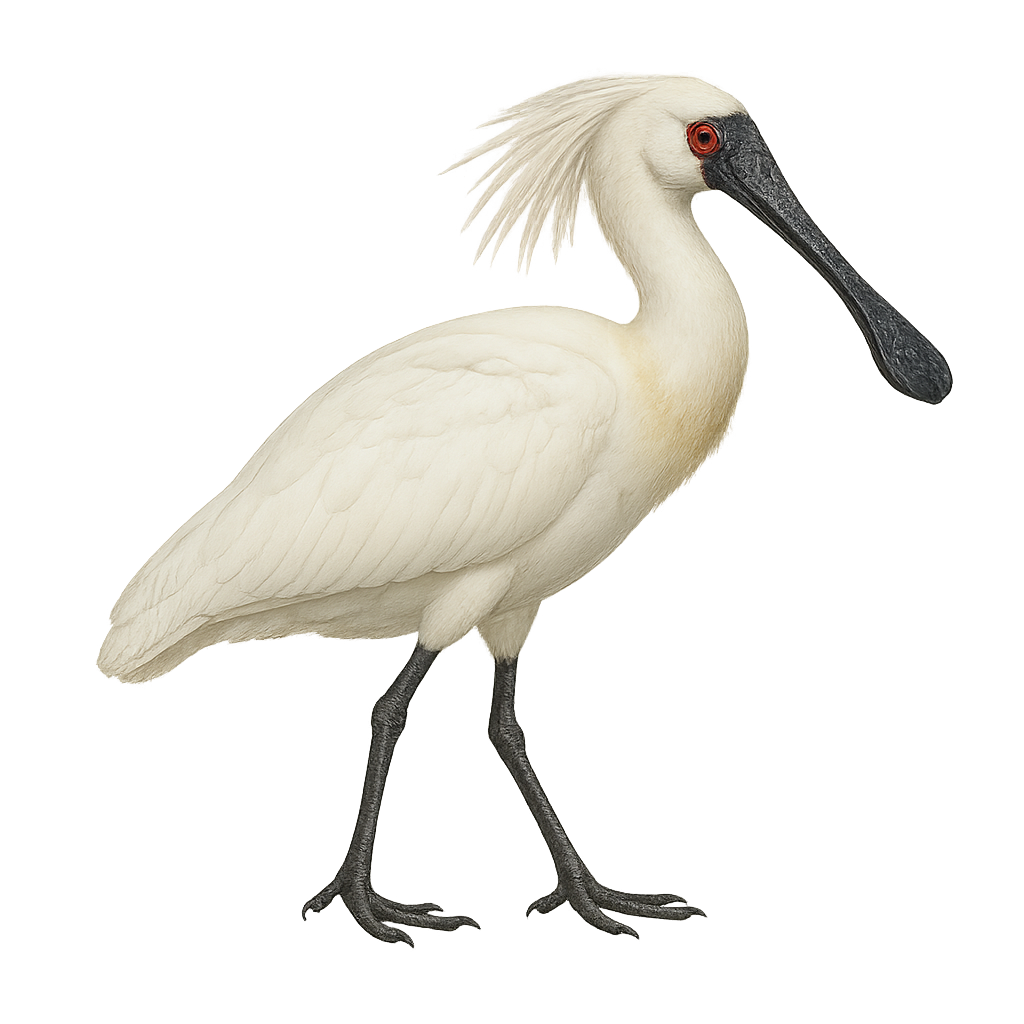Your wildlife photography guide.
Explore the royal spoonbill in detail, study its behavior, prepare your shots.
Where to observe and photograph the royal spoonbill in the wild
Learn where and when to spot the royal spoonbill in the wild, how to identify the species based on distinctive features, and what natural environments it inhabits. The WildlifePhotographer app offers tailored photography tips that reflect the royal spoonbill’s behavior, helping you capture better wildlife images. Explore the full species profile for key information including description, habitat, active periods, and approach techniques.
Royal Spoonbill
Scientific name: Platalea regia

IUCN Status: Least Concern
Family: THRESKIORNITHIDAE
Group: Birds
Sensitivity to human approach: Suspicious
Minimum approach distance: 10 m
Courtship display: September to October
Incubation: 21-25 jours
Hatchings: September to November
Habitat:
Wetlands, marshes, estuaries
Activity period :
Primarily active during the day, with peak activity in the morning and late afternoon.
Identification and description:
The Royal Spoonbill, Platalea regia, is an elegant waterbird known for its pristine white plumage and distinctive spoon-shaped bill. It primarily inhabits wetlands in Australia, New Zealand, and some Pacific islands. This bird feeds mainly on small fish, crustaceans, and aquatic insects, which it captures by sweeping its bill through the water. The Royal Spoonbill is often seen in small groups, especially during the breeding season. It builds its nest in trees or shrubs near water. Although its conservation status is currently "Least Concern," habitat destruction remains a potential threat.
Recommended lens:
400 mm – adjust based on distance, desired framing (portrait or habitat), and approach conditions.
Photography tips:
To photograph the Royal Spoonbill, it is advisable to use a telephoto lens of at least 400mm to capture detailed images without disturbing the bird. The best opportunities often arise early in the morning or late in the afternoon when the light is soft and the bird's activity is at its peak. Look for wetlands where these birds feed or rest. Be patient and discreet to avoid scaring them away.
The WildlifePhotographer App is coming soon!
Be the first to explore the best nature spots, track rutting seasons, log your observations, and observe more wildlife.
Already 1 432 wildlife lovers subscribed worldwide

